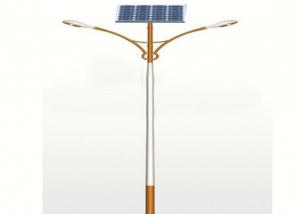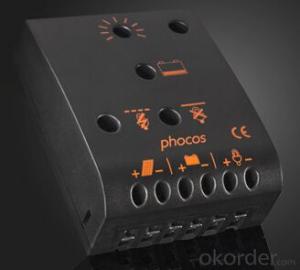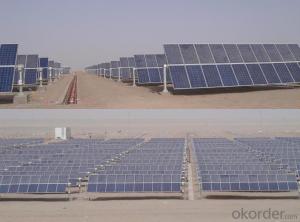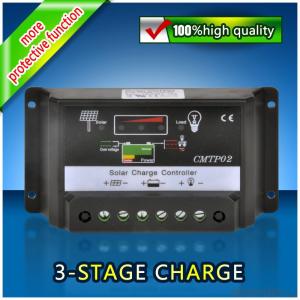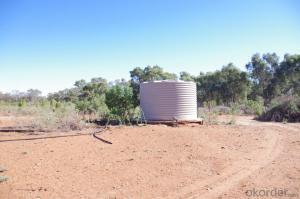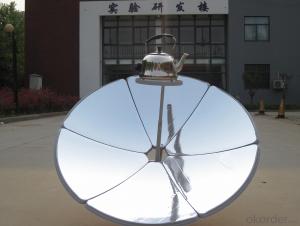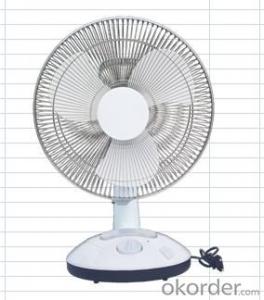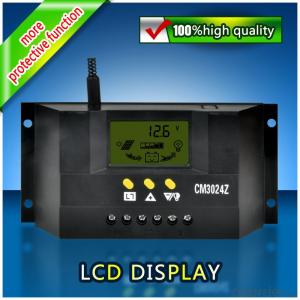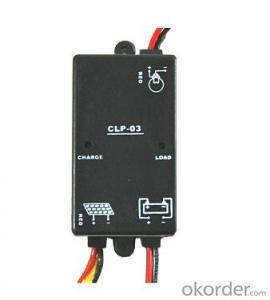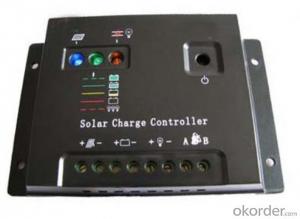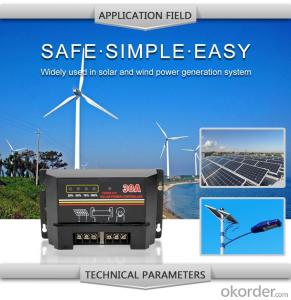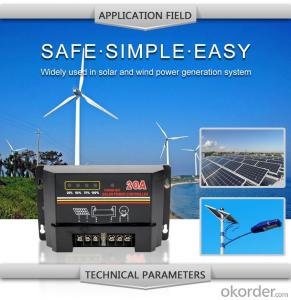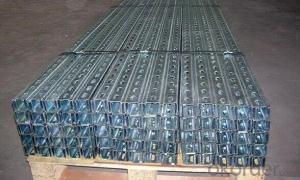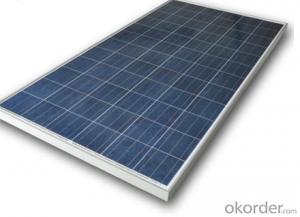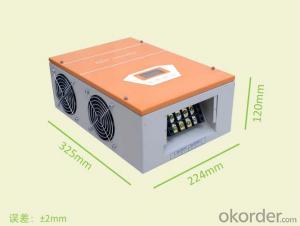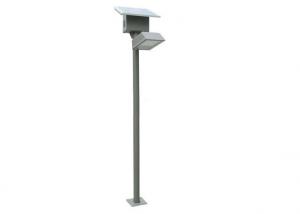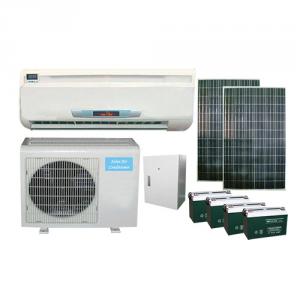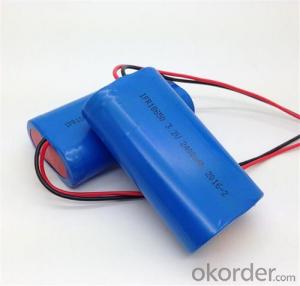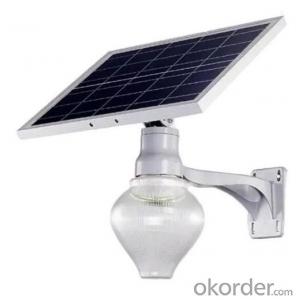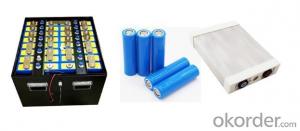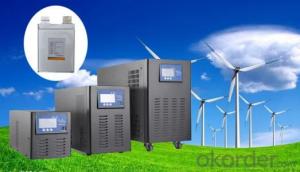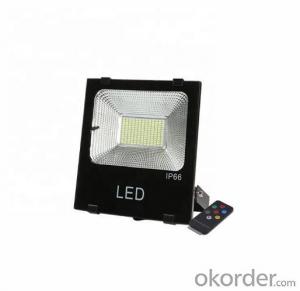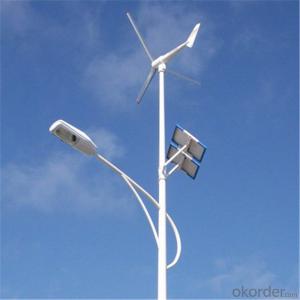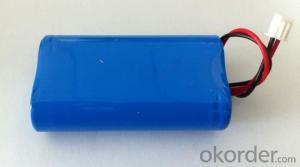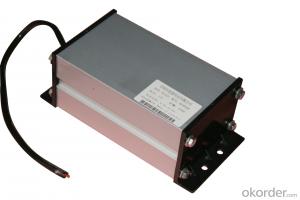Arduino Solar Controller
Arduino Solar Controller Related Searches
Arduino Solar Module Arduino Solar Inverter Inverter Solar Controller Solar Panel With Controller Inverter Controller Solar Solar Controller And Inverter Kanitti Solar Controller Kanitti Solar Controller Solar Inverter And Controller Solar Controller Inverter Heliotrope Solar Controller Solar Controllers For Sale Solar Charge Controller Specification Solar Ac Module Solar Charger Module Solar Solar Inverter Solar Tracker Module Solar Module Solar Ac Inverter Mppt 30A Solar Controller Solar Battery Charger Module Solar Air Module Ac Inverter Solar Smart Module Solar Solar Led Module Tracer Mppt Solar Controller Raspberry Pi Solar Inverter Solar Sound Module Solar Cell Module Module SolarArduino Solar Controller Supplier & Manufacturer from China
The Arduino Solar Controller is a versatile product designed to manage and optimize the performance of solar power systems. It is engineered to regulate the flow of electricity between solar panels, batteries, and electrical loads, ensuring efficient energy utilization and prolonging the lifespan of the solar system components. This controller is equipped with advanced features such as maximum power point tracking (MPPT), which maximizes the energy harvested from solar panels, and various protection mechanisms to safeguard the system from damage due to overcharging, over-discharging, and short circuits.The application and usage scenarios of the Arduino Solar Controller are vast, making it suitable for a wide range of solar-powered projects and installations. It can be employed in residential, commercial, and industrial settings to manage solar energy for lighting, heating, and powering various appliances. Additionally, it is ideal for off-grid applications such as remote cabins, telecommunication towers, and street lighting systems, where access to traditional power sources is limited or unavailable. The Arduino Solar Controller's adaptability and user-friendly interface make it a popular choice among solar enthusiasts, professionals, and DIYers alike.
Okorder.com is a reputable wholesale supplier of the Arduino Solar Controller, boasting a large inventory that caters to the diverse needs of customers worldwide. With a commitment to quality and customer satisfaction, Okorder.com ensures that each Arduino Solar Controller is thoroughly tested and inspected before being shipped to its destination. This online platform offers competitive prices, fast shipping, and excellent customer service, making it a preferred choice for those seeking to purchase this product in bulk for their solar energy projects.
Hot Products





